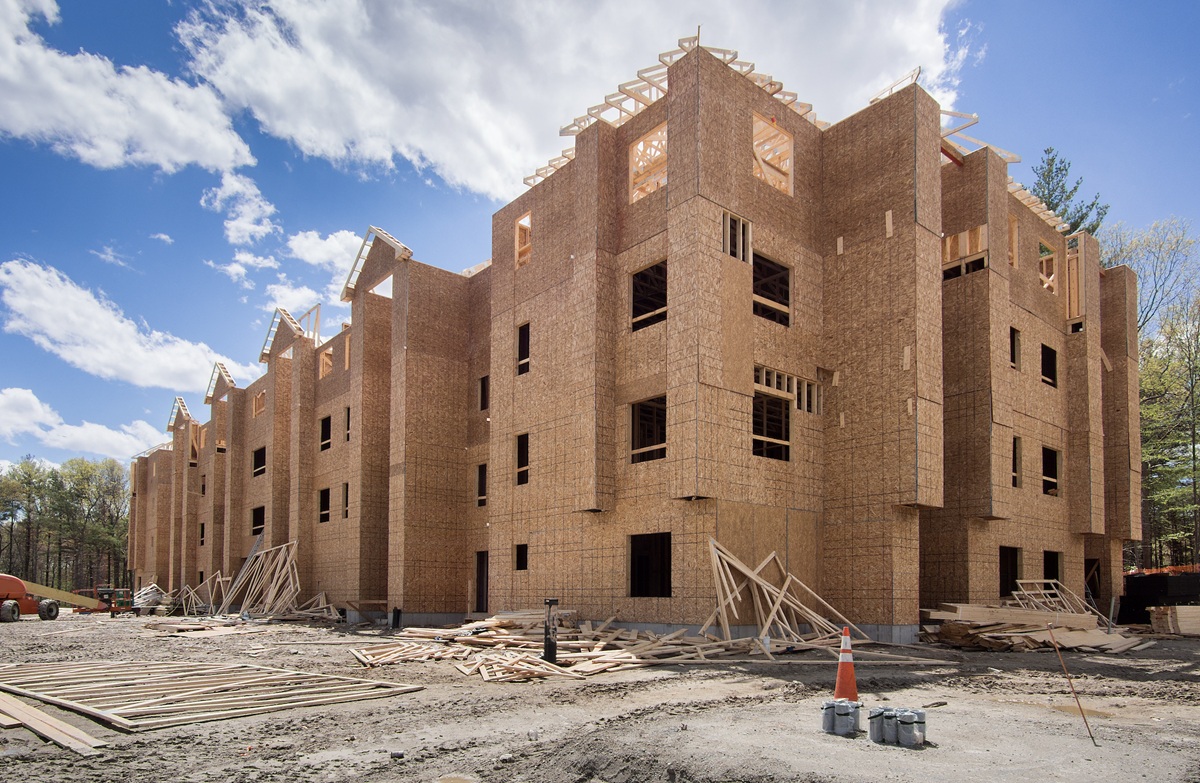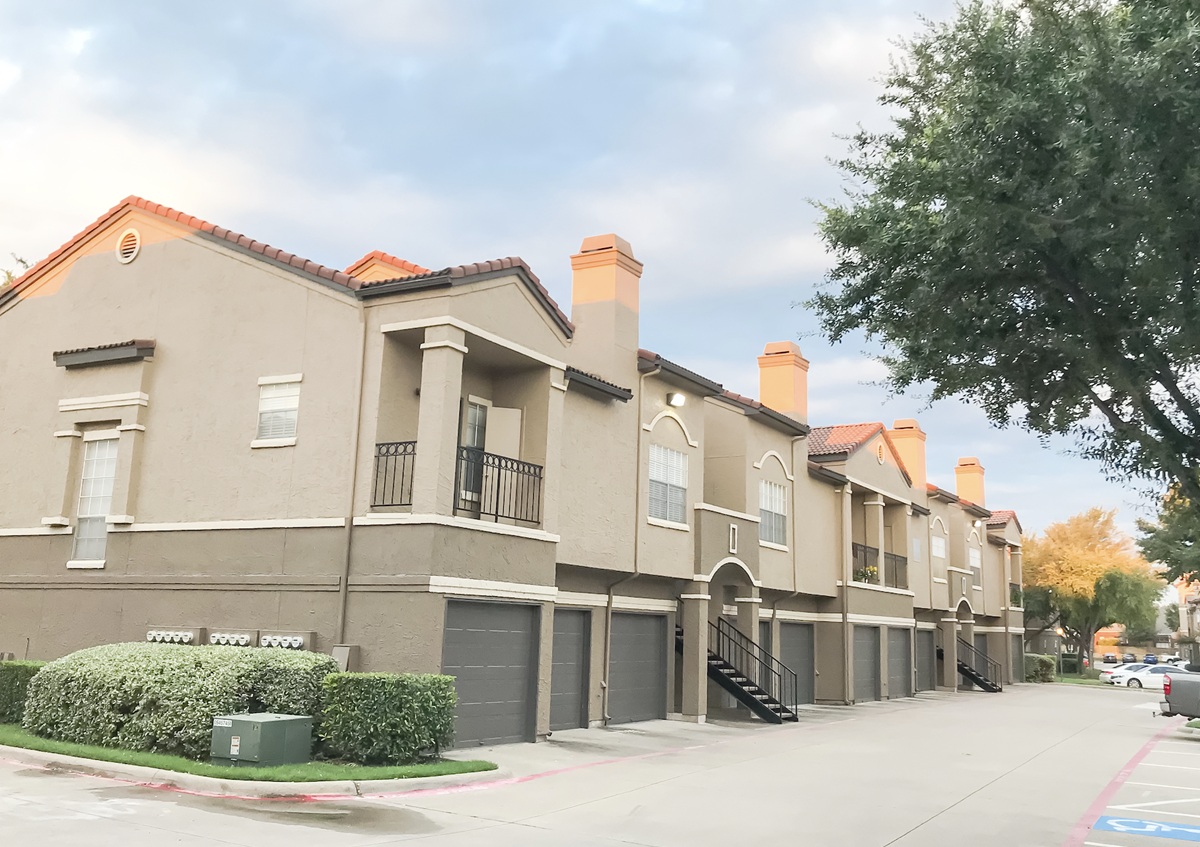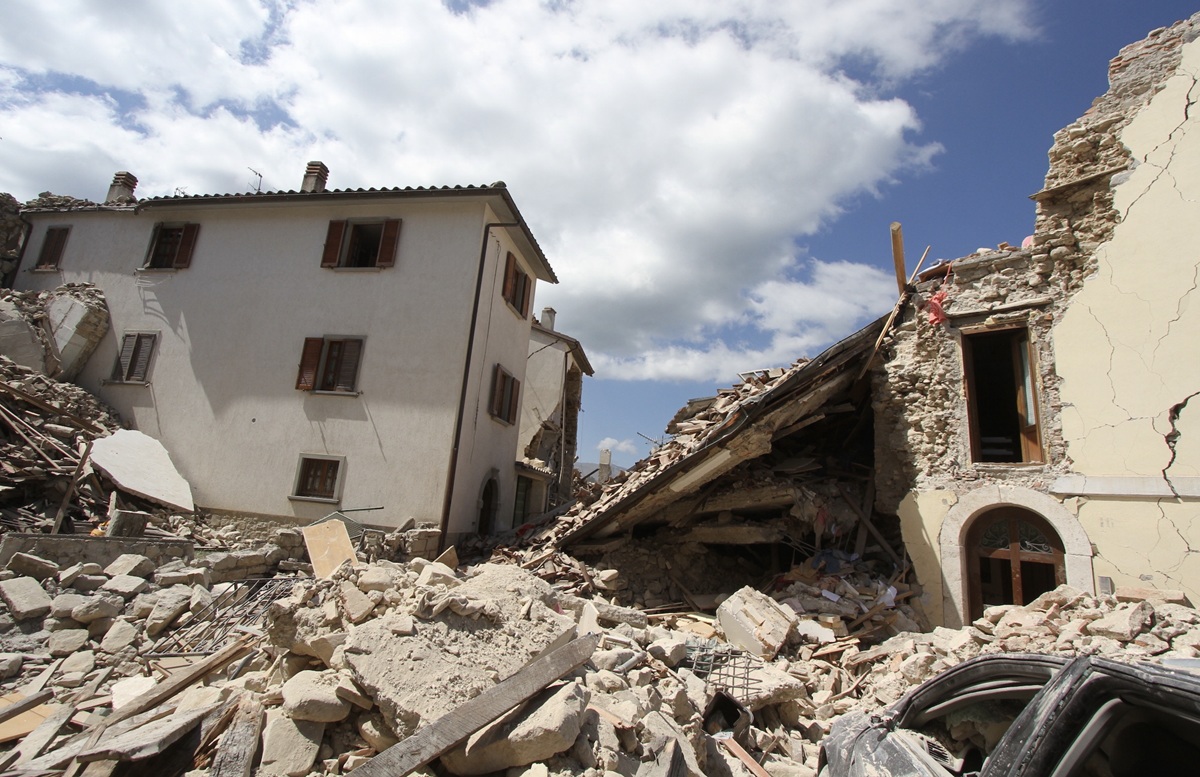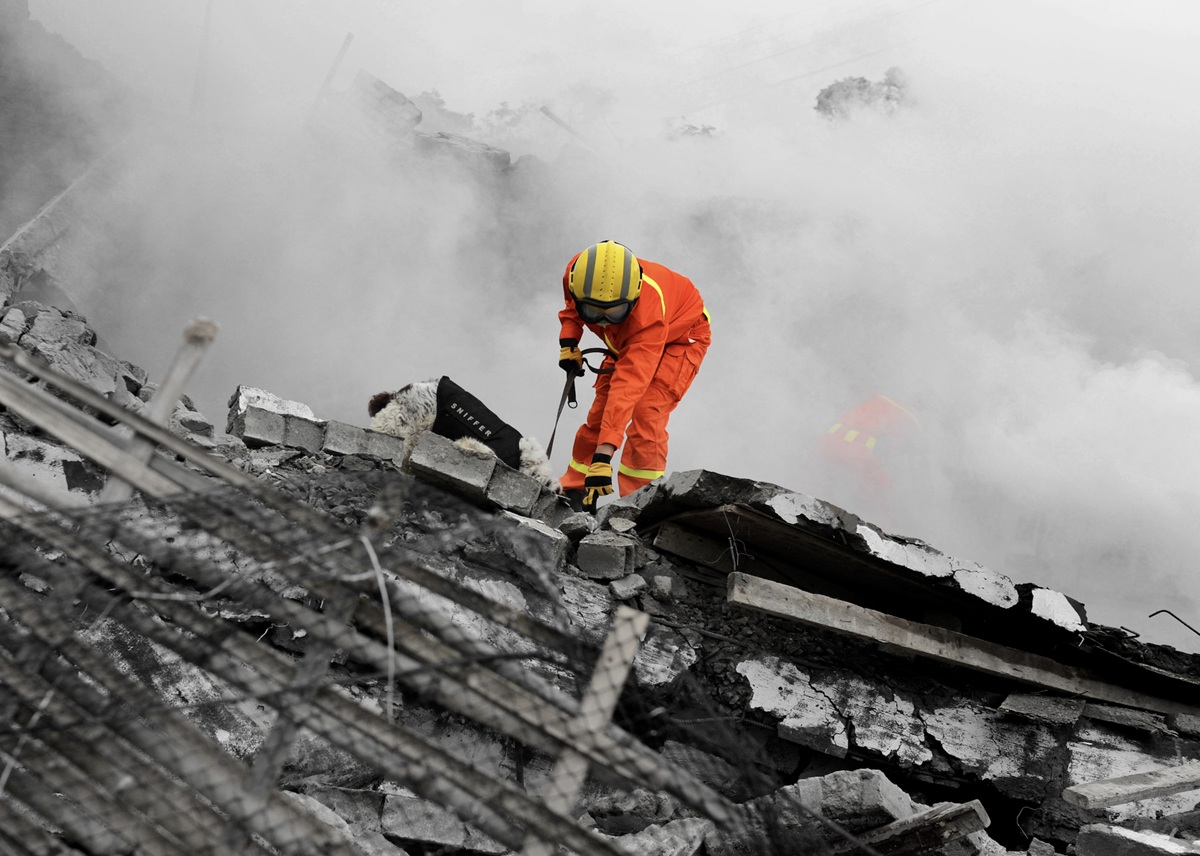The most recent maps prepared by the California Geological Survey reveal that San Diego’s earthquake risk is significantly higher than previously thought.
Recent information reveals the region’s fault zones are significantly larger and far-reaching than assumed – stretching along the Rose Canyon Fault from La Jolla down through the airport and into Seaport Village – filling in gaps straddling the 5 freeway and branching out into new areas.
One of these new discoveries late last year is a “blind-thrust” fault – the same type that triggered the 6.7-magnitude Northridge quake in 1994.
Blind-thrust earthquakes lie undetected beneath the surface of the earth, and while they are not necessarily the most energetic of faults – they are among the most destructive. Some local examples include the 1994 Northridge and 1987 Whittier Narrows earthquakes.
Seismic waves from blind-thrust faults are highly directed, and soil conditions can frequently lead to liquefaction, which increases ground motion significantly – thereby multiplying the potential for serious damage.
And because of their invisibility – undetected until they strike, in most instances – they frequently lurk under densely populated areas where the risk to life, limb, and property is significantly higher.
Are the odds in your favor?
There is a 99.1 chance that a killer quake – larger than anything we have known – will happen in our lifetimes, somewhere in the state. Could it strike here?
Seismologists agree that the Rose Canyon Fault has the capacity for a 7.0-magnitude quake. And when it does strike, the damage caused could be colossal — estimated between $124 million and $13 billion.
In fact, the California Geological Survey ranks San Diego as one of the state’s top 10 areas for projected loss from an earthquake.
That threat, coupled with the region’s older housing inventory, puts San Diego at high risk – particularly for the following building types, which are proven to be more vulnerable to serious damage in a major earthquake
- Soft-story apartments built before 1978: These structures, with parking on the ground floor and units built above, are prone to collapse during major earthquakes.
- Unreinforced Masonry built before 1975: The facades of these buildings can easily collapse in a quake.
- Concrete Tilt-up built before 1994: Weak connections can fail and cause walls to pull apart from the roof, presenting a collapse hazard.
- Non-ductile Concrete built before 1977: Limited lateral resisting capacity makes these structures brittle.
- Steel Moment Frame built before 1996: These buildings can sustain brittle fracturing of the steel frames at welded joints between beams and columns.
Is your apartment building ready for the quake experts say is coming? Visit optimumseismic.com for more to arrange a complimentary building assessment, or call us at 833 978-7664.






